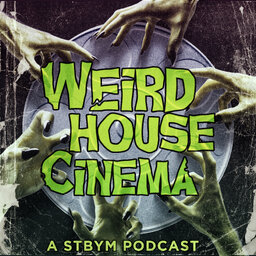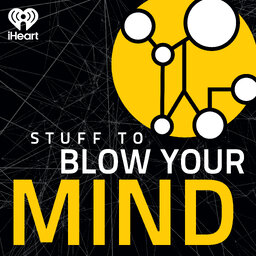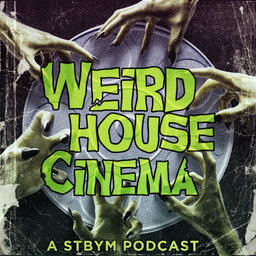Where the Shadows Lie, Part 1
In this episode of Stuff to Blow Your Mind, Robert and Joe dive into the world of shadows. How do human conceptions of shadows factor into our literature, art, history and monster making? What does it mean to cast a monstrous shadow, or to cast no shadow at all? Find out…
 Stuff To Blow Your Mind
Stuff To Blow Your Mind


